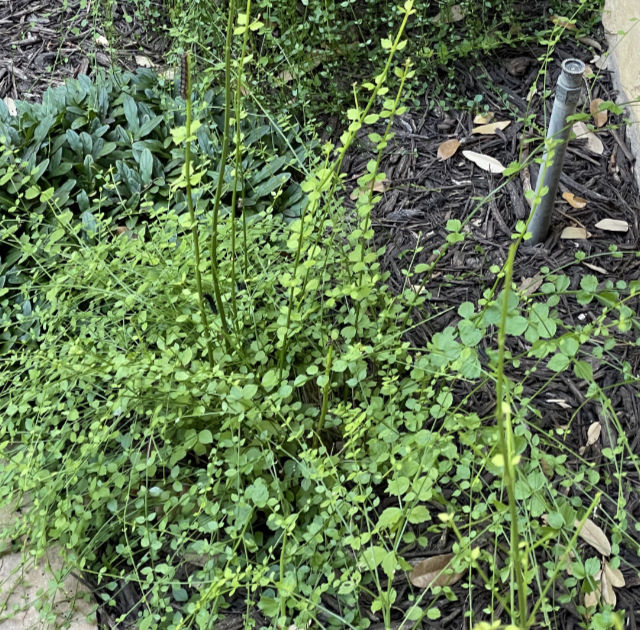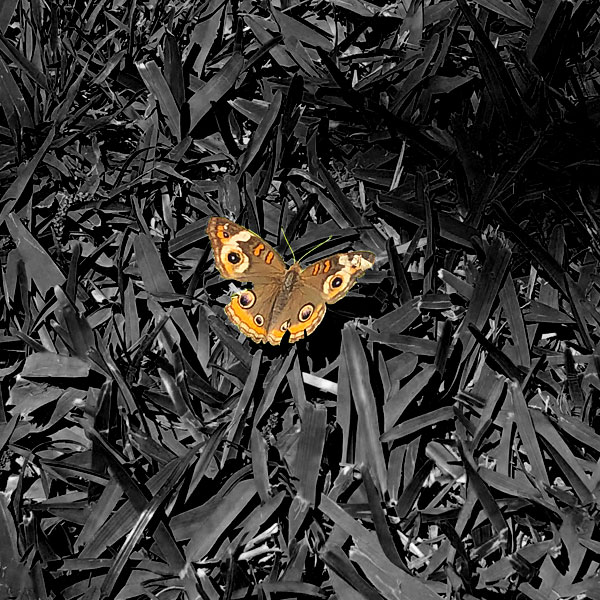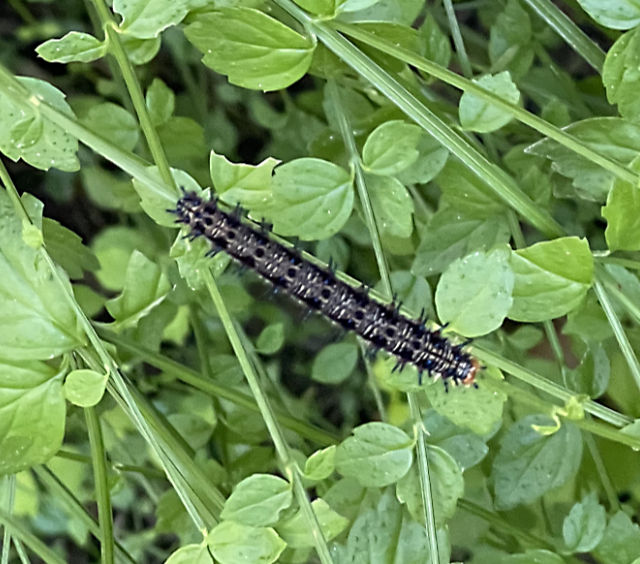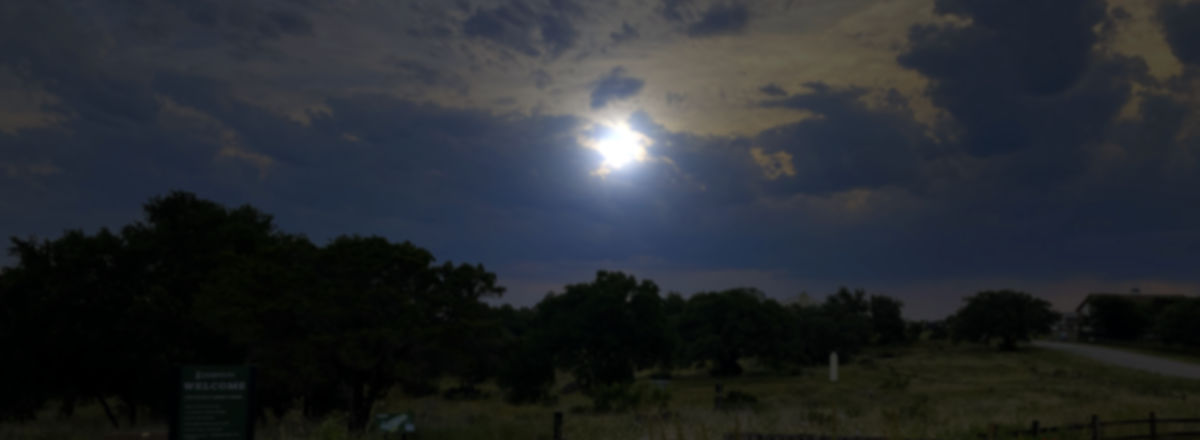While we’ve come to expect and look forward to the appearance of black swallowtail caterpillars on the parsley that Debbie plants every year, we also expect and dread the appearance of the walnut moth caterpillars on our pecan trees. So when Debbie noticed some black hairy caterpillars on the firecracker plants in our courtyard, we weren’t sure how to react. Should we squish them…nuture them…ignore them?

She did some quick research and found this article which addresses our situation perfectly. As it turns out, it was only in 2017 that the firecracker plant (Russelia equisetiformis) was recognized as a host plant for the larvae (aka caterpillars) of the common buckeye butterfly (Junonia coenia).

As with the parsley (and the pecan tree), the caterpillars are voracious and will strip a stalk of all its leaves. Fortunately, there aren’t that many of them, and the foliage is pretty thick. We’re counting on them to pupate before they do any lasting damage.
So, if you have firecracker plants and you see something like the photo below, you can at least make an informed decision about how to proceed.

What I find fascinating about this whole situation is that no one had recorded this phenomenon until fairly recently. As the writer of this post on the UC Davis Arboretum and Public Garden blog put it:
It goes to show you that observant home gardeners are important citizen scientists – you never know what discoveries are waiting to present themselves. Now there’s yet another reason to love the firecracker plant; not only is it a low-water, long-blooming plant that hummingbirds love, it also appears to be larval host plant for buckeye butterflies!
By the way, even though the spines on the caterpillar look dangerous, they’re not harmful to humans…they’re simply a defense against predators.
Discover more from The Fire Ant Gazette
Subscribe to get the latest posts sent to your email.

